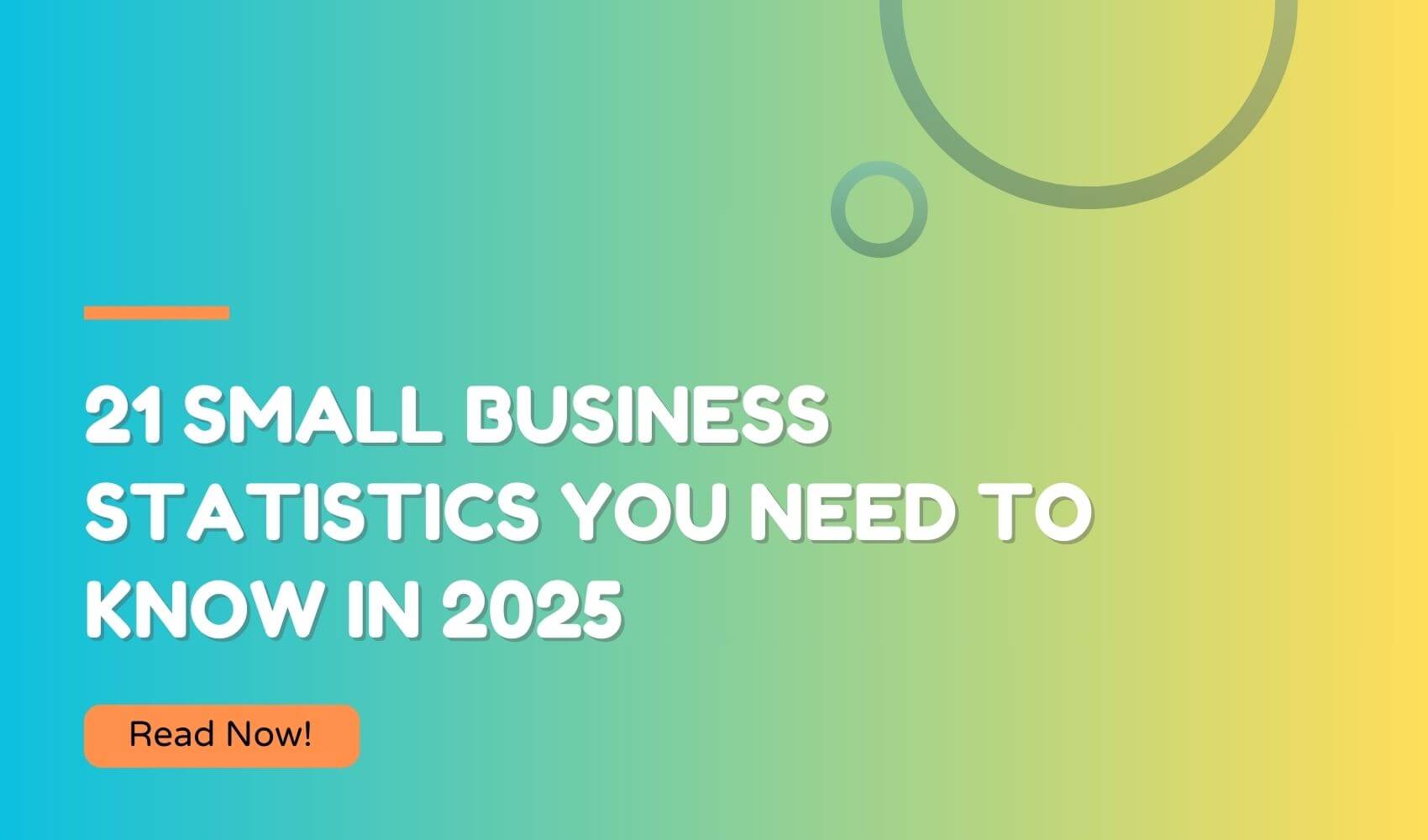Plan Your Best Year Ever – Come to GrowthCLUB
By: Tom Dougherty
Published: May 14, 2025

Small businesses continue to shape economies, communities, and innovation across the globe. In 2025, knowing what’s really happening behind the scenes—from survival rates to marketing shifts—can help you spot new opportunities and prepare for the challenges ahead. Below, we’ve compiled eye-opening stats that paint a picture of small business reality today.
Nearly 99.9% of businesses in the U.S. qualify as small, according to the Small Business Administration. They collectively employ 46.8% of the nation’s workforce. But the scale might surprise you—85.8% of these businesses are operated by just one person, and 55% are run from home, as highlighted in Tailor Brands’ 2025 report.
Most entrepreneurs don’t inherit empires. In fact, 83.1% of business owners built their companies from scratch, according to TeamStage. What keeps them afloat early on? For 78% of new businesses, it’s personal savings and side income, as reported by SCORE. Despite the effort it takes to launch, only 33% of small businesses take the time to create a formal business plan, based on a Wells Fargo survey.
Running a business is tough—and the numbers reflect that. According to Fundera, 20% of small businesses fail in their first year. That number grows to 30% in year two, and 50% by the fifth year. Those making it a full decade? Only 30% of them stick around, meaning 70% shut down before year ten.
There’s a stark difference in revenue based on headcount. According to Zippia, businesses with just 1–4 employees typically bring in $347,000 per year. Add a few more people and it scales fast—those with 5–9 employees see $1.08 million annually. Push beyond 100 employees, and you’re looking at $40.77 million in yearly revenue.
Traditional financing isn’t always accessible. Small business bank loans are approved only 14.3% to 20.1% of the time, while alternative lenders say yes to 26.1% of applicants, according to Onyxiq. Most entrepreneurs don’t borrow massive sums, with the average debt per business sitting at $195,000. But scale that across the country, and Yahoo Finance reports that small business debt reached nearly $18 trillion at the end of 2022.
For all the talk of digital transformation, many small businesses lag behind. While 73% have a website (Zippia), nearly half don’t. On the back end, 50% of business owners still manage accounting tasks manually or with spreadsheets, according to BusinessDasher. Only 20% outsource their bookkeeping, based on SMB Group.
Artificial intelligence has officially gone mainstream. As of 2025, 78% of companies worldwide report using AI in some capacity, according to Exploding Topics. From automating customer service to streamlining logistics, small businesses are gradually catching up to larger enterprises in leveraging AI-powered tools to boost efficiency and reduce costs.
Email marketing still holds strong—53% of small business owners in the U.S., U.K., Canada, and Australia say it’s their most frequently used strategy for both acquiring and keeping customers. That insight comes from VC+’s SMB Marketing Report.
In the social media arena, TikTok is gaining ground. With 61% of marketers using the platform for influencer partnerships, it ranks third behind Instagram and YouTube, according to Sprout Social.
And then there’s retention. 61% of small businesses say repeat customers generate more than half of their sales, but only 34% offer loyalty programs. That’s a missed opportunity, especially when repeat buyers spend 67% more than new ones, based on findings from Peer to Peer Marketing.
Hiring habits are changing. In 2023, 35% of new businesses brought on fully remote employees—a noticeable jump from 22% in 2022, according to Gusto’s 2024 New Business Formation Report. For many startups, tapping into a wider talent pool without geographical limits has become the new standard.
Despite the digital shift, many small businesses remain exposed. A striking 80% still don’t have a formal cybersecurity policy, according to Qualysec. Without protocols in place, they’re more vulnerable to ransomware, phishing, and data breaches—issues that are increasingly affecting businesses of every size.
Entrepreneurship is rewarding—but it isn’t easy on the mind. A QuickBooks survey found that 88% of small business owners rate their overall satisfaction as medium or high. At the same time, 76% say they feel a medium to high level of stress.
Here’s a breakdown:
Running a business may bring freedom—but it’s not without emotional trade-offs.
Mentorship remains one of the most underutilized success levers in small business. According to Kabbage’s research, 92% of small business owners believe mentors have a direct effect on growth and survival. From navigating hard decisions to mapping out long-term strategy, having a mentor can make all the difference.
That’s exactly what business coaching provides. At ActionCOACH of Arizona, mentorship is built into every program—offering entrepreneurs a structured way to gain perspective, stay accountable, and accelerate progress with real-world support.
Every stat tells a story. Some warn of the risks—like declining survival rates and rising stress. Others show what’s working: remote hiring, AI adoption, loyalty programs, and mentorship.
If you run a small business or plan to start one soon, treat this list as more than trivia. Let it help you spot blind spots, reinforce what’s already working, and rethink what’s been ignored too long.
The trends are clear. The tools are available. The decision to act is up to you.

At ActionCOACH of Arizona, we help entrepreneurs and business owners unlock their full potential with proven strategies, powerful coaching, and real results. Whether you're scaling, streamlining, or just starting out—we’ve got your back.